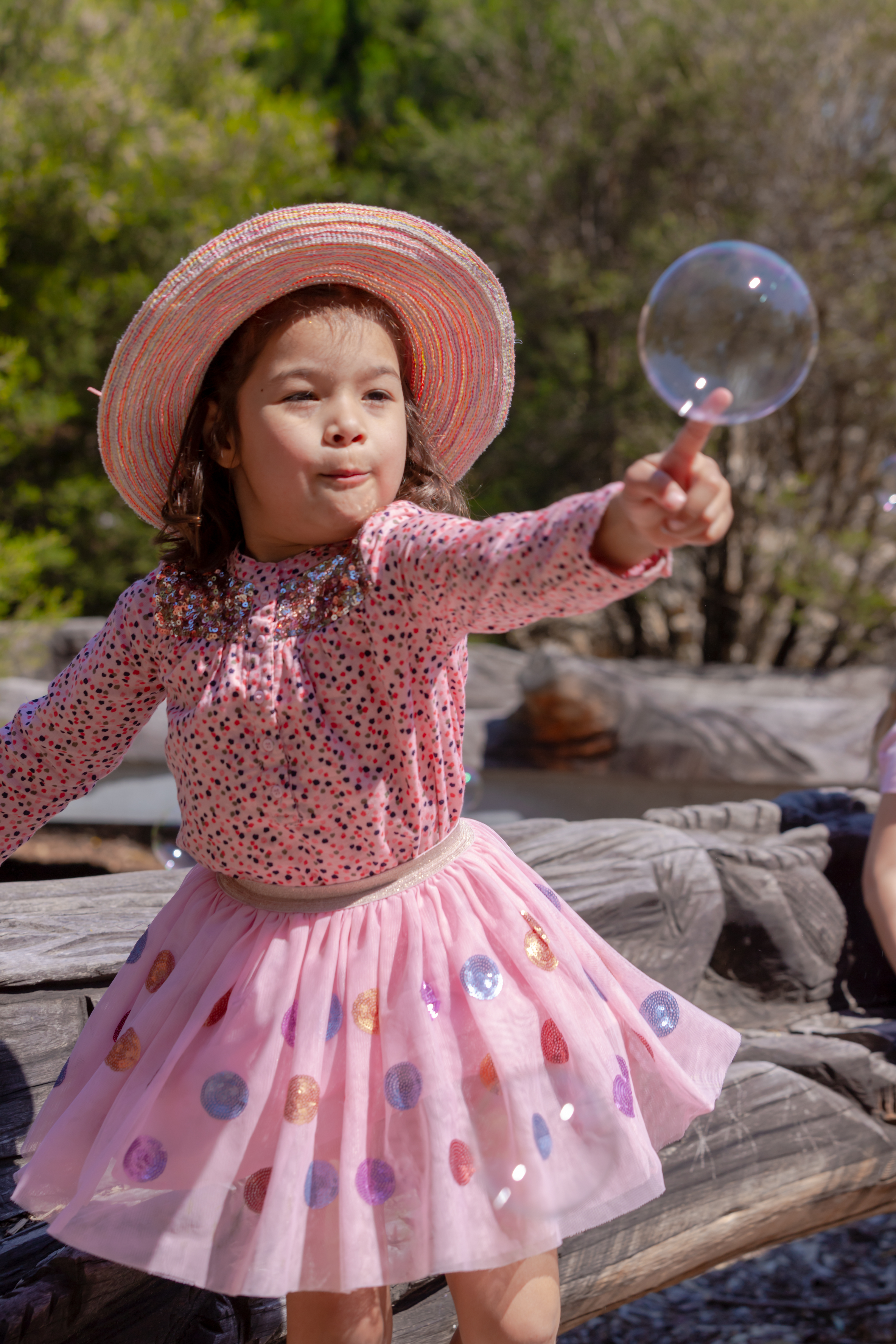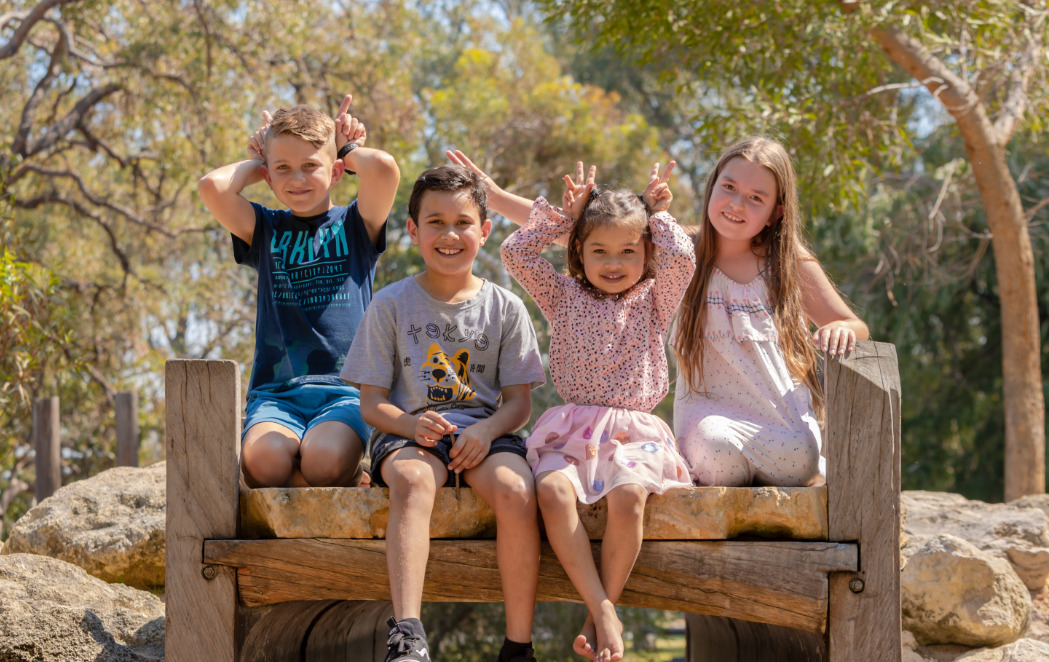This quote comes from a kindy student, Ash*, who was excited to share his love of the ocean and marine life. Like many of his friends at school, Ash was full of curiosity about our environment. These children wanted to help in the here and now and they had ideas as to how they could help further into the future. As I think back to my conversations with Ash and his classmates, which were at the core of a research project focusing on children’s perspectives and priorities, I find myself circling back to a question feels evergreen: are we really listening to children and young people?
The “Child’s Voice” project involved engaging children in reflection about what they value most in terms of family, community, and schooling. It was common for children to speak about their connectedness to nature and their concerns about the environment. Zia, a pre-primary student, spoke about her love of the great outdoors: “I like it when I go and play outside. I like when it’s raining and we go on an adventure”. Zia was not alone in professing a love for play, especially when it involved time in the garden, local parklands, or other settings such as the forest or the seaside. This thread was woven through so many of the children’s reflections.
These kinds of nature experiences are incredibly important for children in the early years and throughout childhood.

These kinds of nature experiences are incredibly important for children in the early years and throughout childhood.
Nature experiences serve as key ‘building blocks’ from childhood into adulthood. Nature interactions influence how children view and care for the environment. There are significant health benefits for children, young people, and adults.
Then again, environmental issues pose a threat, including in terms of health and wellbeing; critically, the World Health Organization have asserted that the climate crisis is a public health crisis. This has implications for children’s lives now and into the future. The same can be said for the ways in which the climate crisis is inextricably linked with and will impact human rights and children’s rights. Understandably, there are many questions, curiosities, and concerns that children have about the environment and the consequences of the climate crisis.
While anxieties abound for children and adults alike , there are hopeful and constructive ways forward. Regarding hopes for the future, Lucy, a pre-primary student, reflected, “My heart always finds a way”. She also shared ways in which she experiences connectedness, both with family and nature: “My nanny helps me plant veggies and we always helping at the community garden. It makes me feel happy for the environment… it feels really nice because you can make the world special for others, too”. Huang, from the Year 4 class, expressed a hope to “help bring more sustainability to the world and inspire others to do that with us”.
Many children expressed visions for a more sustainable future. Their visions were grounded in hopeful, responsive action – for example
Ash shared: “I'll grow up and I'll get all the rubbish out of the sea so nobody suffocates”.
Ivy, a Year 1 student, wanted to see changes across her community by “planting more trees because it gives people air to breathe in”. Often, the children reflected on the important part that adults could play. Huang shared, “They [can] help me with my ideas and inspire me and give me more courage to go and tell people how we can change”.

There are many ways for family members and educators to get involved to help guide and support children. Exploring children’s literature is a powerful possibility and there are many curious and reflective ways to engage children in thinking about and making a difference where sustainability is concerned. Adults can invest in conversations and experiences with children that illuminate different elements of sustainability, including developing a strong sense of shared community responsibility through connections to Country and the natural world. There are many possibilities for community action, which aligns with suggestions from many children involved in the “Child’s Voice” project. Take Ezra from the Year 1 class, who wanted to make a difference by “helping people and community and nature”.
As we forge forward, we can keep the voices of these children in mind, and we can listen to the children and young people who we are close to. Many children involved in this project spoke about how much it meant to them to be listened to by adults; Juno, a Year 4 student, reflected that while children “may be young, they can still make a big difference” and that adults could help “by listening and supporting us in all things we do”. There are many responsive, creative, and caring ways that we can do that, not only for children, but with them, to make a difference right now and in years to come.
* Pseudonyms have been used throughout this article.